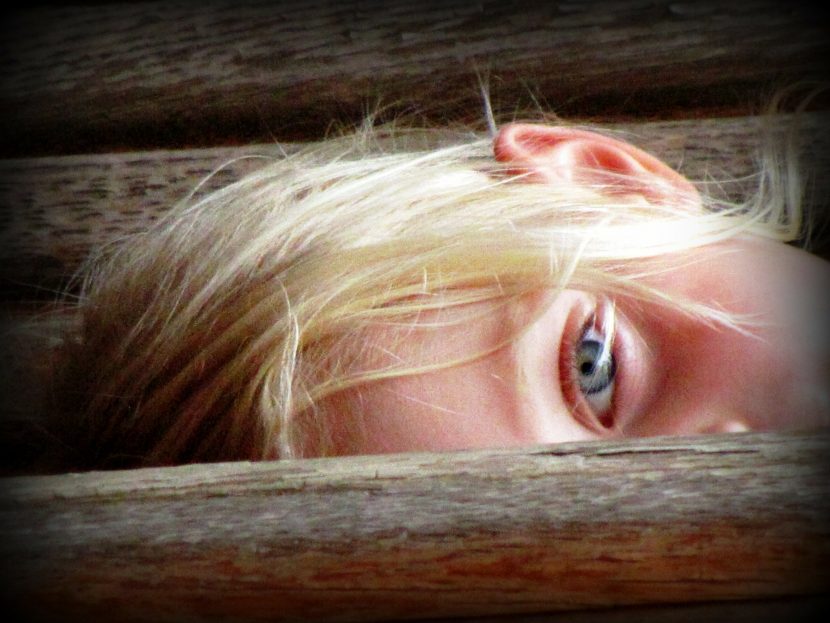
It is a very annoying disease that even the little ones can suffer. Blepharitis in children consists of the inflammation of the eyelid causing a lot irritation, itching and stinging. It usually affects both eyes and their appearance is manifested by white crusts on the eyelashes.
The illness It is not contagious but the hygienic care between themselves should be extreme and more difficult trying to make them depend on their own care, since they are always playing with dirty or bacteria-contaminated objects and they make this type of ailment much more common.
How to know what is blepharitis
The symptoms are very clear but many times blepharitis can begin to manifest in children and not give us that little alert. To be able to detect it responsibly, these may be some of its symptoms:
- There is a inflammation of the eyelash follicles, along the edge of eyelid, so the eyelids and eyes are red and irritated which causes a lot of itching.
- It usually has feeling of having grit andn the eyes or some foreign body inside the eye.
- At first hour of the morning crusts or dandruff appear at the base of the lashes, in addition to eyes are sticky.
- Another symptom is shedding of the skin around the eye even the fall of the eyelashes or their abnormal growth.
It usually has several degrees, there is the anterior blepharitis which is usually the most common and with the characteristics outlined, and there is the posterior blepharitis with meibomian gland dysfunction. Either of the two can become a simple annoyance to be more serious and affect the patient's vision. For any of these symptoms it is recommended go to the family doctor or an eye clinic.
Causes of blepharitis
It is likely that its appearance is due to a genetic predisposition and not contagiousTherefore, there are isolated cases of this disease. It usually manifests itself in the first days of life on the scalp of babies and affects their eyelashes, it is a bacterial infection that is spread by the hands when touching the eyes.
Another cause may be allergic blepharitis although it is less frequent. In this condition it is characterized by an excess in the gland oil production that are near the eyelid so it will increase the proliferation of these bacteria found on our skin.

Other risk factors may be the presence of very small mites and lice on the eyelashes, it is not common but it can be one of the causes. It can also be attributed to a seborrheic dermatitis of the face or scalp, as we have pointed out at the beginning or by a myopia.
How can they be prevented and what is their treatment?
Is keep the eye area as clean as possible , every day and constantly. Must wash your hands very often and wash your eyes with a special soap. Of course you have to avoid touching with dirty hands.

Treatment consists of clean the edge of the eyelid with a cotton swab and trying remove all possible scales or crusts. The use of hot compresses will help to relieve the stinging and burning, they will be applied on the closed eyelids for a minute, two or three times a day to notice an improvement. You have to take next an antibiotic prescribed by the specialist doctor.
It is also advisable to use anti-inflammatory creams, artificial tears and eye drops in order to alleviate the symptoms of blepharitis or to prevent its recurrence. It is highly recommended continue cleaning very regularly to avoid possible relapses, for this we will clean with boiled water and salt to avoid future infections.